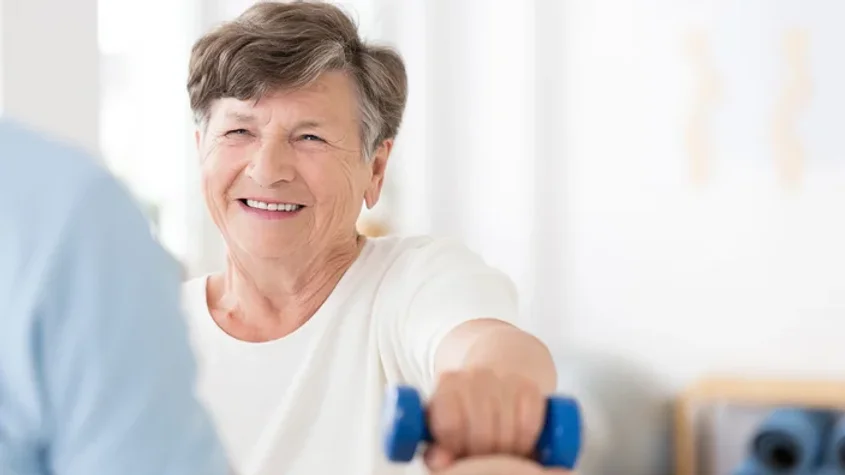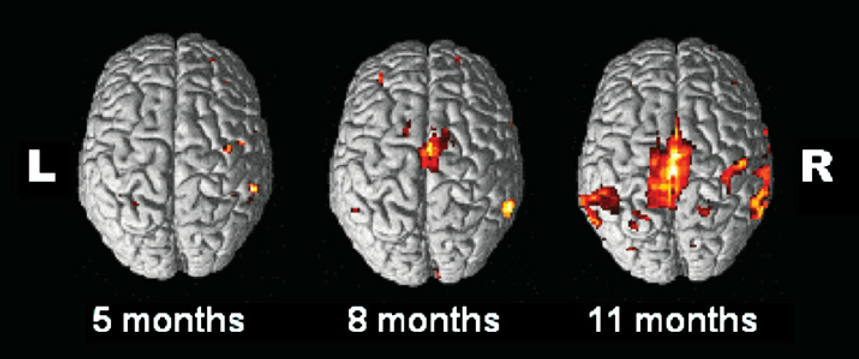The impact from having a stroke
As a stroke survivor, you will have noticed changes in your body and learning how to compensate and use your affected arm or leg, this is a very difficult and challenging time.
But tons of research and evidence has shown that neuroplasticity can help the brain rewire itself by reorganising and creating new pathways within the brain to regain the use of your affected side and much more.
Physiotherapists who have trained in stroke rehabilitation can help improve your motor control or sensory loss as part of a tailored stroke recovery program. These neuroplastic changes can occur, but they take a lot of practice.

Your Recovery – The one thing you should focus on
As in life when learning something new, it is really difficult, however we all know that the more you practise the better you become. The difficulty with stroke rehab is to know…. How much is enough?
Current evidence estimates that 1000 repetitions a day is what you should aim for. Maybe even more!!
This seems like a huge number, however, in order to make neuroplastic changes in the brain and tell it how to improve, you need to practise and repeat the movements you want to relearn. These movements should be important to you and should be discussed with your physiotherapist when setting your goals in rehab.

Research shows that repeated practice lights up areas near the damaged area of the brain, this new activation is where your brain is relearning movements and tasks. As seen in the functional MRI scans above, comparing brain activation when completing a task at 5, 8 and 11 months.
Counting and recording your repetitions when practising is a really good way to track how much you practise and a good indicator when to try and increase the amount you practise.
We hope this post has been helpful and give you an insight and motivation as to a really important aspect of stroke rehabilitation. If you need physiotherapy or if we can help in any way please get in touch.

